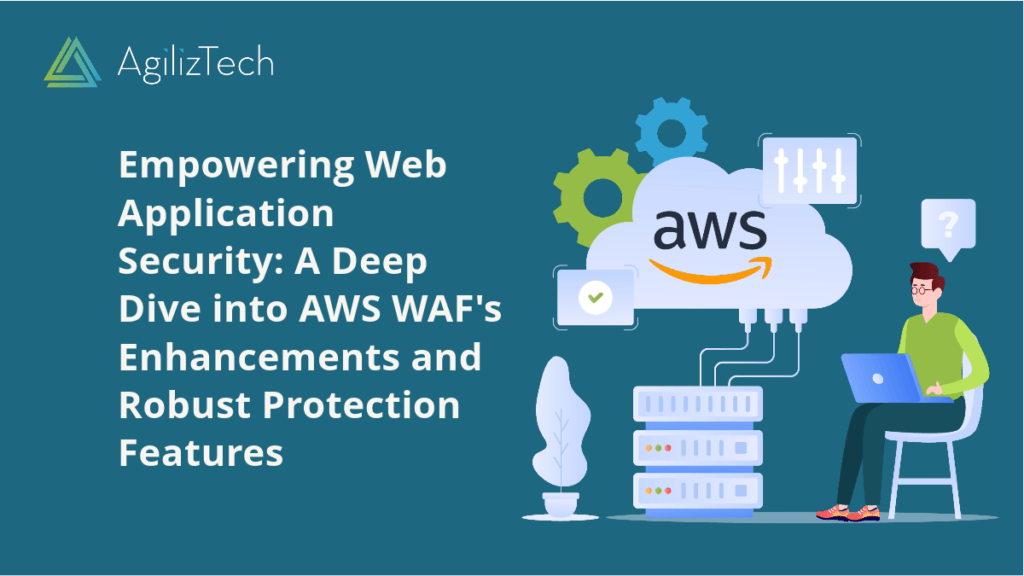
AWS WAF: Enhancements and Powerful Protection
Overview
AWS WAF is a web application firewall that protects your web applications from common web exploits. It helps you control the traffic that reaches your applications by allowing you to create rules that block, allow, or monitor requests based on conditions that you define.
Latest Updates
In August and September 2023, AWS WAF announced some new features that make it even more powerful and easy to use. Here are some of the highlights:
- Supports JSON parsing, enabling you to inspect JSON payloads’ contents and create rules based on specific attributes or values.
- The WAF now integrates with AWS Firewall Manager, which allows you to centrally configure and manage your WAF rules across multiple accounts and resources.
- Offers enhanced metrics and logging, which provide more visibility into the performance and effectiveness of your WAF rules. You can also export your logs to Amazon S3 or Amazon Kinesis Data Firehose for further analysis.
Getting Started with AWS WAF
To get started, you need to follow these steps:
- Create a web ACL, a container for your rules and default actions.
- Create rules defining the conditions you want to match and the actions you want to take for each request.
- Associate your web ACL with one or more AWS resources, such as Amazon CloudFront distributions, Application Load Balancers, or Amazon API Gateway APIs.
Advantages of AWS WAF
AWS WAF offers many advantages for securing your web applications, such as:
- Flexible and granular control over your web traffic.
- Protection from common web attacks, such as SQL injection, cross-site scripting, and botnets.
- Integration with other AWS services, such as Amazon CloudFront, Amazon S3, and AWS Lambda.
- Scalability and reliability of the AWS cloud.
- Pay-as-you-go pricing model.
To learn more, visit the official documentation.


